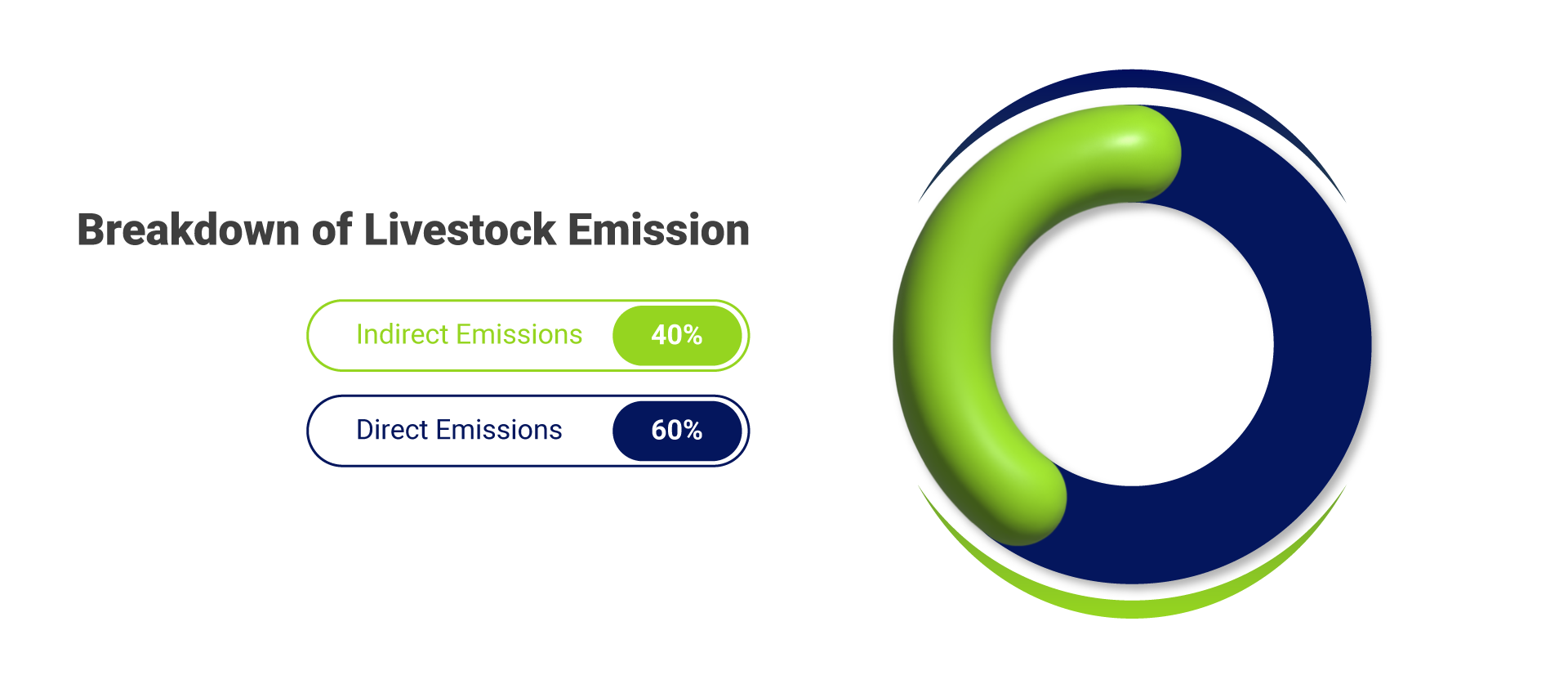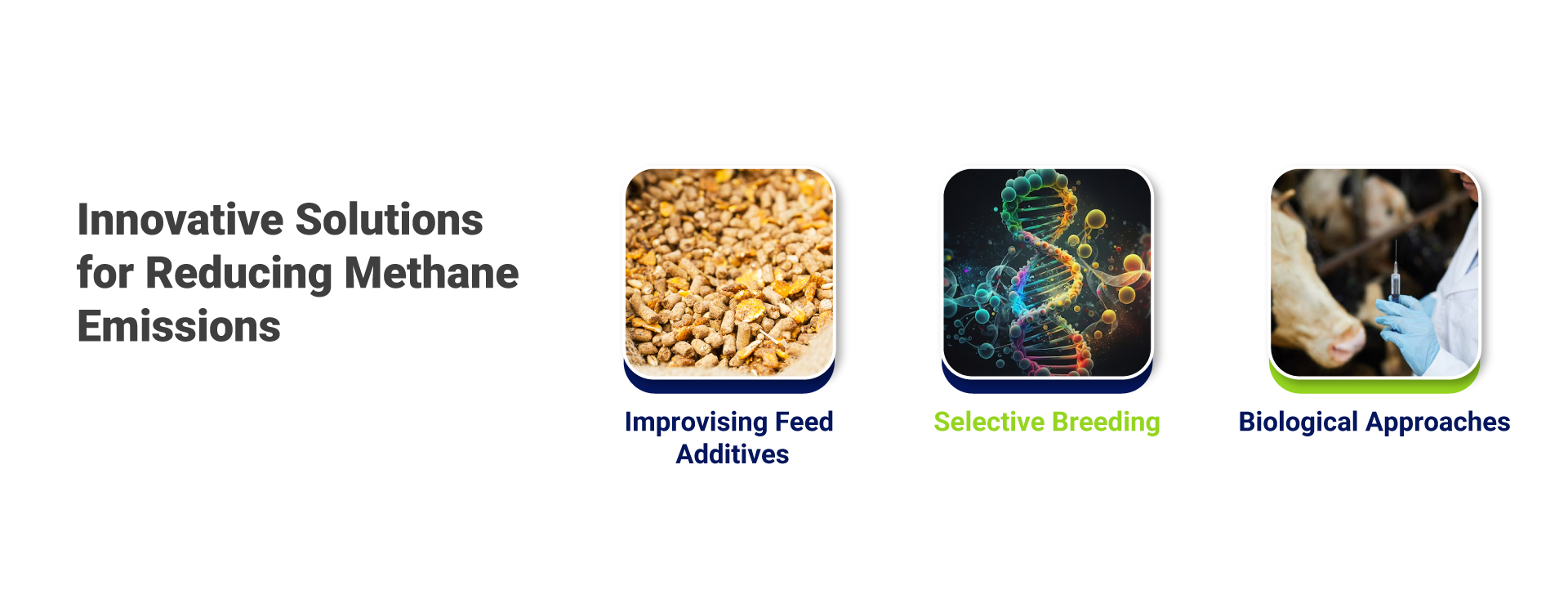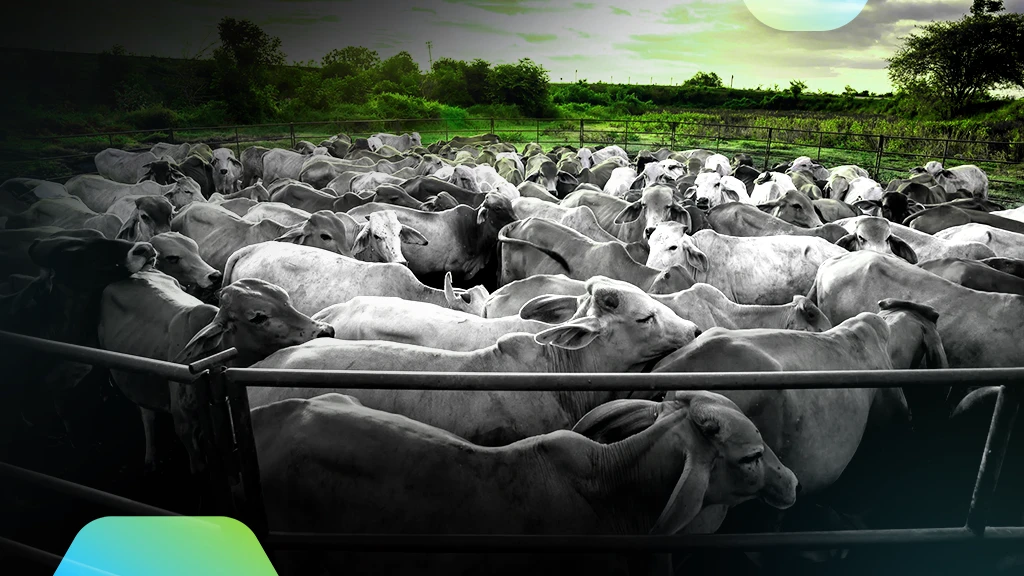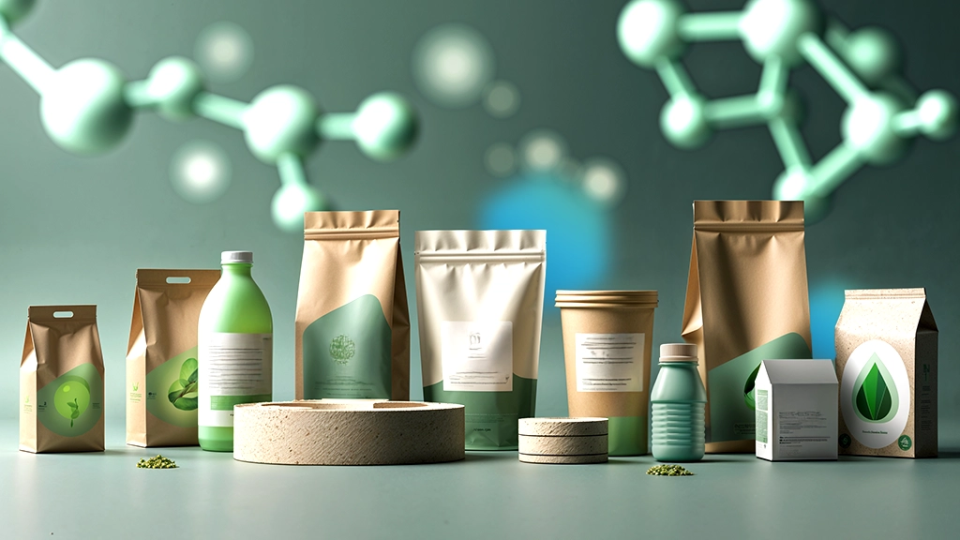The global livestock industry has been significantly contributing to global warming. Methane and nitrous oxide—a major chunk of livestock emissions—reached an estimated high of 6.2 billion metric tons of carbon dioxide equivalent (MtCO₂e). The global warming potential of 1 Mt of methane gas is equivalent to 28 Mt of CO2. This gigantic volume accounts for almost 12% of the anthropogenic global GHG emissions, according to the updated assessment by FAO of the United Nations. Consequently, lowering carbon emissions from the livestock sector has become an imperative. Implementing sustainable practices and effective mitigation strategies within this industry is critical to reducing its climate impact and advancing global efforts toward environmental sustainability.
Key Initiatives by Governments in Controlling Livestock-related GHG Emissions
Efforts on lowering livestock emissions have witnessed significant advancements. Here are some recently taken notable administrative actions:
Denmark’s Emissions Tax on Livestock
Denmark became the first country to implement an emissions tax, targeting livestock, including cows, sheep, and pigs. In June, the Danish government introduced the tax as a part of a comprehensive set of policies designed to embed sustainability into the F&A sectors. The tax aims to mitigate methane emissions from enteric fermentation. This pioneering move aligns with Denmark’s broader environmental goals and commitment to lowering carbon emissions and achieving climate neutrality by 2050.
New Zealand’s Investment in Methane Reduction Technologies
New Zealand has announced a substantial investment of $150 million over the next five years to commercialize technologies that address methane emissions from livestock. The comprehensive plan aims to develop novel solutions such as methane-inhibiting feed additives, advanced breeding programs, and improved pasture management techniques.
Dairy Methane Action Alliance at COP28
At the COP28 climate conference, leading global food companies generating cumulative annual revenue of over $200 billion established the Dairy Methane Action Alliance. This union is designed to address methane emissions within the dairy sector by advocating for the adoption of best practices, allocating funds towards research and development, and integrating advanced technologies. This alliance exemplifies the critical role the private sector plays in combating climate change and aligns with the Global Methane Pledge’s objective to lower methane emissions by 30% by 2030.
Major Hurdles Associated with Mitigating Livestock Emissions
Before delving into the sustainability-related problems the livestock industry encounters, it is essential to understand the types of greenhouse gas (GHG) emissions involved. Lowering carbon emissions in this sector requires addressing both direct emissions—such as gases released by cattle and methane from manure—and indirect emissions, including those generated during feed production for livestock. Notably, direct emissions account for 60% of total livestock emissions, with methane representing a significant portion.

Although crucial, reducing livestock emissions is challenging due to:
i) The potential increase in the demand for animal-sourced foods, which is linked to population growth, urbanization, and rising incomes, particularly in Asia and Africa.
ii) The vague approaches for driving livestock decarbonization, and more research and innovation are still needed to expedite scalable solutions.
iii) The uncertainty of who will pay for the technologies and actions required to cut livestock emissions. Livestock farmers operate on thin margins, and livestock rearing is a vital livelihood for millions in low- and middle-income countries.
Innovative Solutions by Commercial Players of the Industry
Despite methane’s commercial use as biogas for generating heat and power, innovations focused on lowering carbon emissions are gaining significant momentum. These innovations particularly emphasize effective methane storage and reduction techniques in the livestock industry.

a. Improvising Feed Additives: Altering the composition of feed additives plays a vital role in mitigating the methane directly emitted by cattle. Enterprises such as Rumin8 and Bovaer have developed feed additives that control direct methane emissions in cattle. Another technological approach Australian companies developed is the use of seaweed-based additives in cattle feed.
b. Selective Breeding: Genetics is an influential factor in determining the amount of methane cows produce, making selective breeding a promising method for reducing greenhouse gas emissions from livestock. To illustrate, Semex UK is pioneering technology to assist farmers in selecting cows with a genetic profile that results in lower methane emissions.
c. Biological Approaches: Companies like the startup ArkeoBio are developing vaccines to tackle livestock emissions. These vaccines aim to produce antibodies that suppress methane-producing bacteria in the cow’s stomach. The success of these technological advancements depends on effective funding strategies. Approaches like improvising feed additives offer the dual benefits of reducing emissions intensity and boosting nutritional value. However, many innovations might have higher upfront costs, necessitating sophisticated financing solutions and partnerships across public, private, and social sectors.
To uncover the concepts, R&D advancements, and patented technologies focused on lowering carbon emissions and set to drive the livestock industry in the years ahead—and to support your enterprise in gaining a competitive edge—schedule an appointment with our technology experts and business consultants now by either filling out the form or emailing them at contact@iebrain.com.



